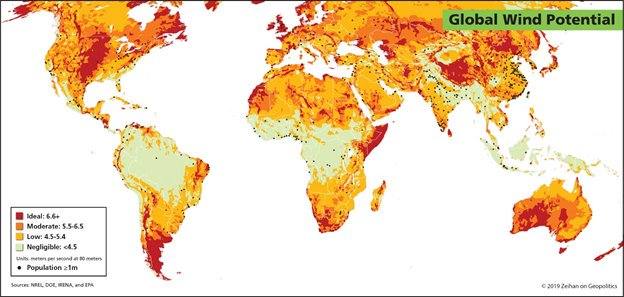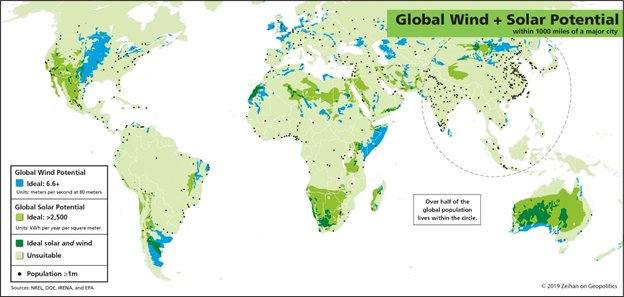Your convoluted example is a pile of cricket shit!
The Forbes stories about Indiana, California on utility scale projects indicate that some renewables in some locations are already much cheaper than coal and gas. California is adding storage which is still cheaper.
Yes we still need backup and baseload from hydro and fossil fuels. How much renewables can we add to each system will depend on many factors.
Saskpower says 50% renewables by 2030. So end the bullshit that renewables can't be a significant part of the grid. You need to ask them what the cost impact is of adding renewables in Sakatchewan or elsewhere is. But if Indiana and California are examples it looks like it can be much lower cost for generation.
Farmers are receiving subsidized rates below residential rates in Saskatchewan even though the grid cost of delivering electricity is much higher to farmers than most residential customers. So farm customers are getting a very large subsidy in the current system. If you are so worried about unfair subsidies, bring that up and see how popular you are.
Grid cost may be rising for a variety of reasons, but suggesting renewables are driving all the increased costs is speculation at best and probably just anti-green power ranting from a climate change denier!
Fossil fuel production of electricity is also subsidized.
The Forbes stories about Indiana, California on utility scale projects indicate that some renewables in some locations are already much cheaper than coal and gas. California is adding storage which is still cheaper.
Yes we still need backup and baseload from hydro and fossil fuels. How much renewables can we add to each system will depend on many factors.
Saskpower says 50% renewables by 2030. So end the bullshit that renewables can't be a significant part of the grid. You need to ask them what the cost impact is of adding renewables in Sakatchewan or elsewhere is. But if Indiana and California are examples it looks like it can be much lower cost for generation.
Farmers are receiving subsidized rates below residential rates in Saskatchewan even though the grid cost of delivering electricity is much higher to farmers than most residential customers. So farm customers are getting a very large subsidy in the current system. If you are so worried about unfair subsidies, bring that up and see how popular you are.
Grid cost may be rising for a variety of reasons, but suggesting renewables are driving all the increased costs is speculation at best and probably just anti-green power ranting from a climate change denier!
Fossil fuel production of electricity is also subsidized.


Comment